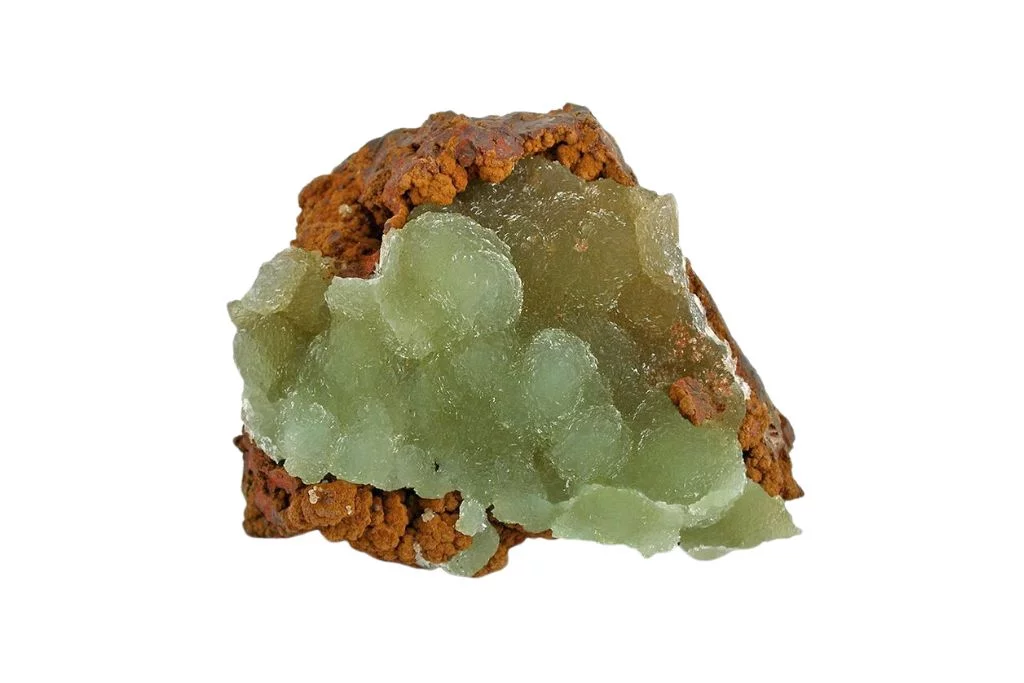The Color of Austinite
Austinite is a relatively rare mineral that exhibits a distinctive and appealing color palette. This crystal typically displays shades of pale green to bluish-green, though it can sometimes appear in lighter hues ranging from white to colorless. The green coloration is attributed to the presence of copper in its chemical composition, which gives Austinite its characteristic appearance.
Crystal Structure and Form
Austinite crystallizes in the orthorhombic system, forming prismatic crystals that are often elongated and slender. These crystals commonly occur in radiating groups or spherical aggregates, creating visually striking formations. The mineral’s structure allows for the development of well-formed, distinct crystals that can reach several millimeters in length.
Notable Physical Characteristics
One of the most remarkable features of Austinite is its vitreous to adamantine luster, which gives the mineral a glass-like or diamond-like shine. This lustrous quality, combined with its unique color, makes Austinite a prized specimen among mineral collectors. The crystal also exhibits perfect cleavage in one direction, which contributes to its distinct appearance and can result in flat, plate-like fragments when broken.
Unique Aspects of Austinite
Austinite stands out due to its rarity and limited occurrence in nature. It is often found in association with other copper and zinc minerals, forming in oxidized zones of ore deposits. The mineral’s pleochroism, a optical property where it appears to change color when viewed from different angles, adds to its allure. This characteristic, coupled with its delicate crystal formations and attractive color, makes Austinite a highly sought-after mineral specimen for both scientific study and aesthetic appreciation.
Historical and Cultural Significance of Austinite
Austinite, a rare arsenate mineral, holds historical significance in the field of mineralogy. It was first discovered in 1858 in Cornwall, England, and later found in various locations worldwide, including its namesake city of Austin, Texas. The mineral’s unique composition and structure have made it a subject of interest for geologists and collectors alike.
Metaphysical Associations
In the realm of crystal healing and metaphysics, Austinite is believed to possess properties that promote personal growth and spiritual development. Some practitioners associate this mineral with enhanced intuition, clarity of thought, and improved decision-making abilities. It is also thought to facilitate communication with higher realms and foster a deeper understanding of one’s life purpose.
Common Uses and Applications
While Austinite is not widely used in industrial applications due to its rarity, it has found a place in the world of gemology and mineral collecting. Mineral enthusiasts prize Austinite specimens for their unique crystal formations and aesthetic appeal. In scientific research, Austinite serves as a valuable subject for studying arsenate mineral structures and formation processes.
Traditional and Modern Benefits
Traditionally, some cultures have attributed healing properties to Austinite, believing it can aid in detoxification and purification of the body. In modern alternative healing practices, Austinite is sometimes used in crystal grids or meditation sessions to promote mental clarity and spiritual growth. While these benefits are not scientifically proven, many individuals report feeling a sense of calm and focus when working with this mineral.

